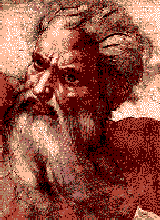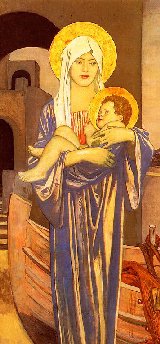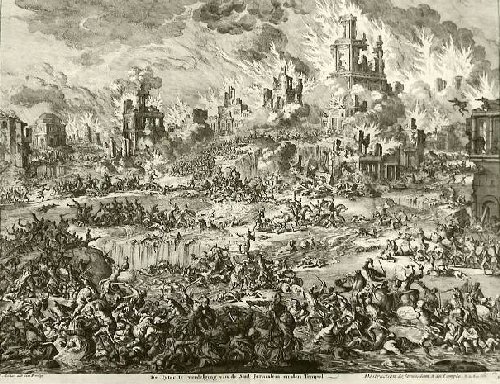| Christian Mythology & History: Introduction Some myths die as history unfolds and events play out. The Christian myth is still very much alive in the world. The chapters on this website will detail the basics of the Christian religion and explore its history, not as an ethos, but as social movement that has spanned two millenia. A social movement based upon a myth, which is an essential part of what a "religion" is. Within this myth, there are three main characters:
But within these three characters there are mythological and historical flaws. #1. Jehovah is not the only god of the Christian religion. Originally there was two gods: Jehovah and Yahweh. Modern Christianity ignores Yahweh, the female counterpart to the male Jehovah. #2. The Virgin Mary is a dubious term. Giving birth out of wedlock (ie. adultery or pre-marital sex) at the time was punishable by being stoned to death. Many historians and theologians agree that Mary likely lied about who the true father was. #3. Jesus didn't die in the middle east. After his supposed 'resurrection' he later died in France of old age, although this is a rumour that has never been fully substantiated or proven and has frequently been denied by the Roman Catholic Church (which of course denies anything that suggests JC was not the messiah). Within the Christian myth there are also three fundamental beliefs that we will keep coming back to in the following chapters:
Jesus Christ, whether he was a religious charlatan or legit, left a profound change upon the Judeo-Christian belief system. Even the term "Judeo-Christian" is derivative from the JC myth. Born Jewish, JC was raised within a society where his people had been defeated by the might of the Roman Empire. His people had no army and had nothing to match the power and efficiency of the Roman Legions. At the time, the Roman Empire spanned three continents: Europe, Asia Minor and northern Africa. The Judaic religion at the time called out for a messiah, a religious leader sent from god with the power to smite any enemy. As a charlatan it was very easy for JC to take advantage of his the Jewish people at the time. Not all of them believed him of course, which eventually led to his crucifixion as a charlatan. His so-called miracles such as feeding people with a single loaf of bread was a mere parlour trick involving hidden loaves of bread in the sleeves of his disciples. His closest and most trusted friend Judas (for whom Judaism is named) turned JC over to the authorities as a charlatan and when asked to perform miracles the charlatan could not. Thus in modern Judaism JC is referred to as a "false messiah", a man who claimed to be the messiah, but did not actually lead his people to any victory. In the Muslim belief system (which also has its origins in Judeo-Christian mythology) JC is actually considered to be a prophet, but not a messiah (for identical reasons). Within the Muslim belief, it is Muhammad who is the messiah instead of JC. Regardless, the stories and myths within the new testament Bible and other religious documents are the foundation of the Christian myth, a myth so wide-spread that we often forget its origins and the history of Christianity as a whole. From meagre beginnings to the Crusades to the rise of Lutheranism and Protestantism, and more recently, a dramatic rise in satan worship and religious cults. Chapters:
|
  |


